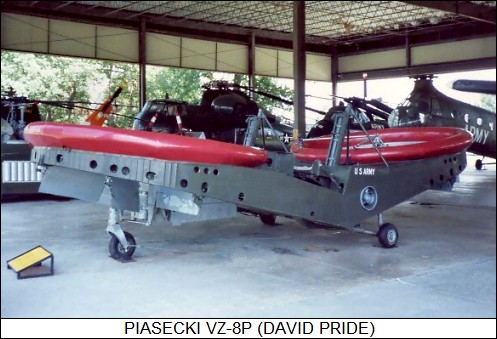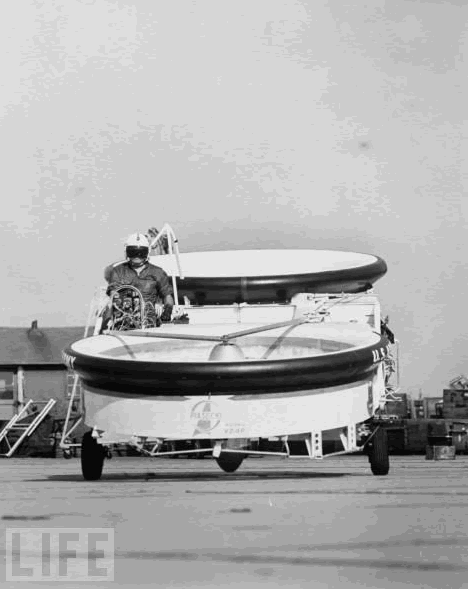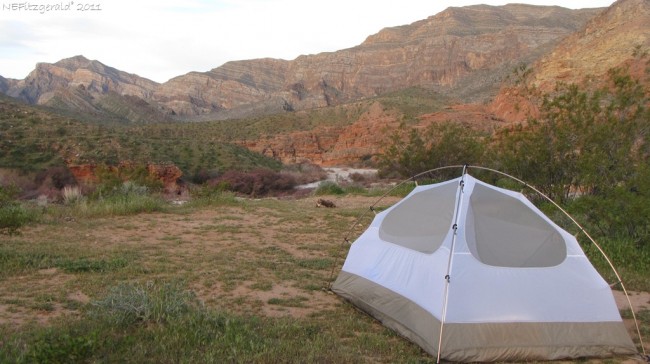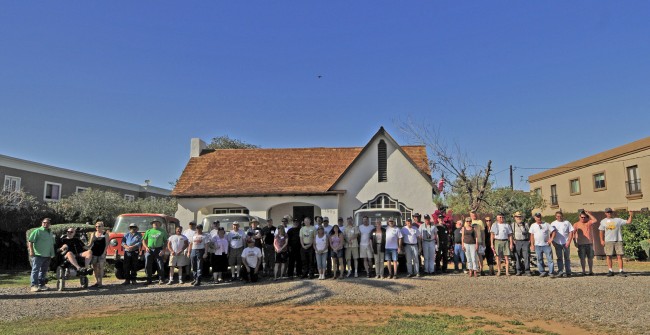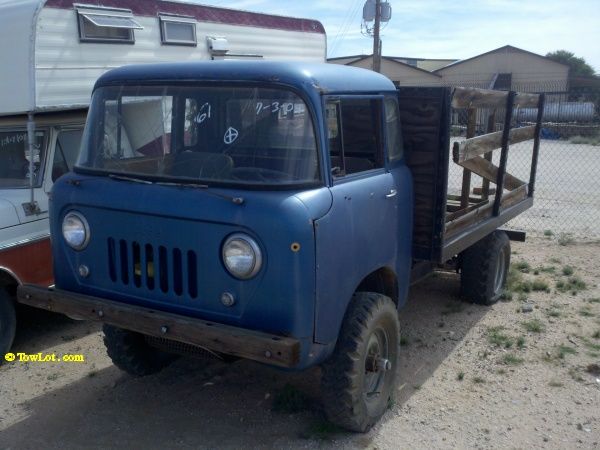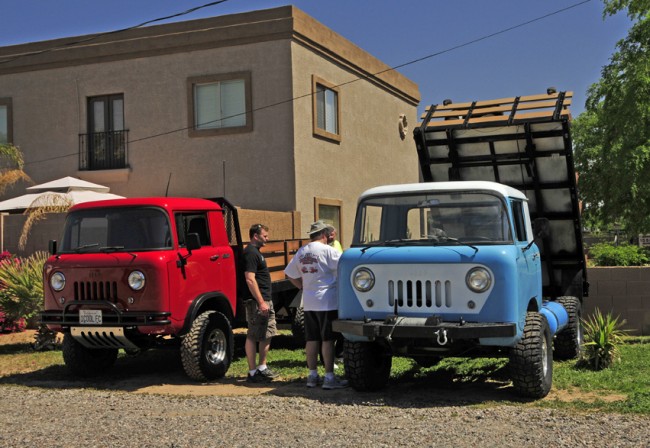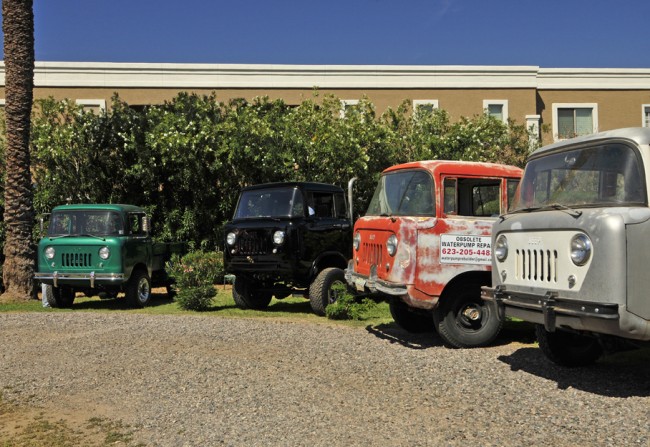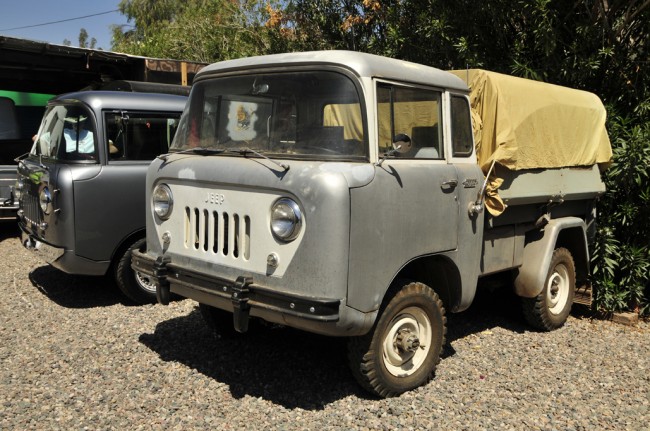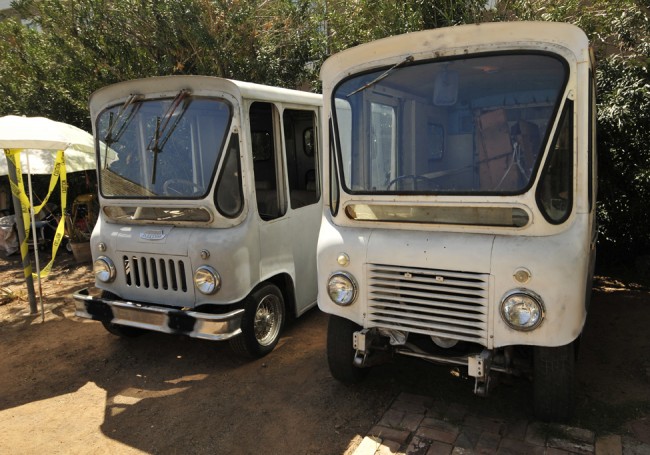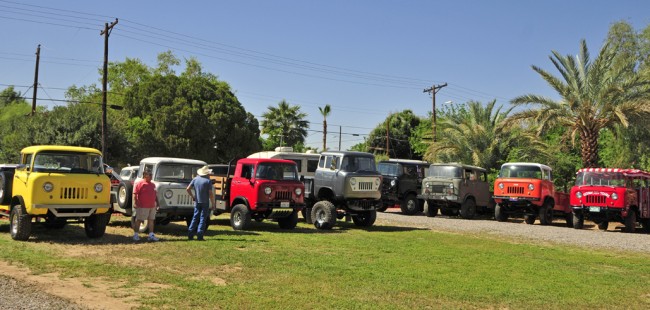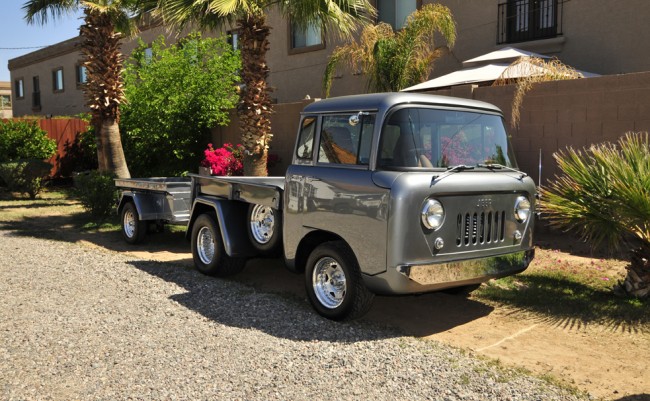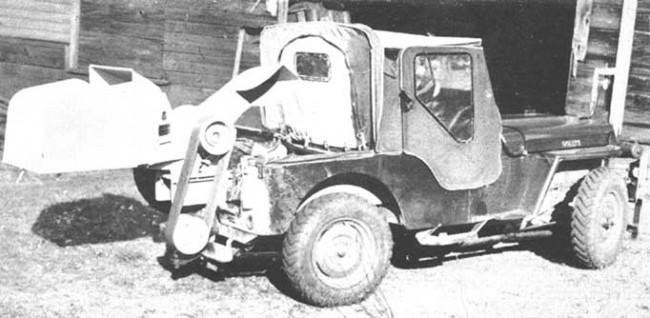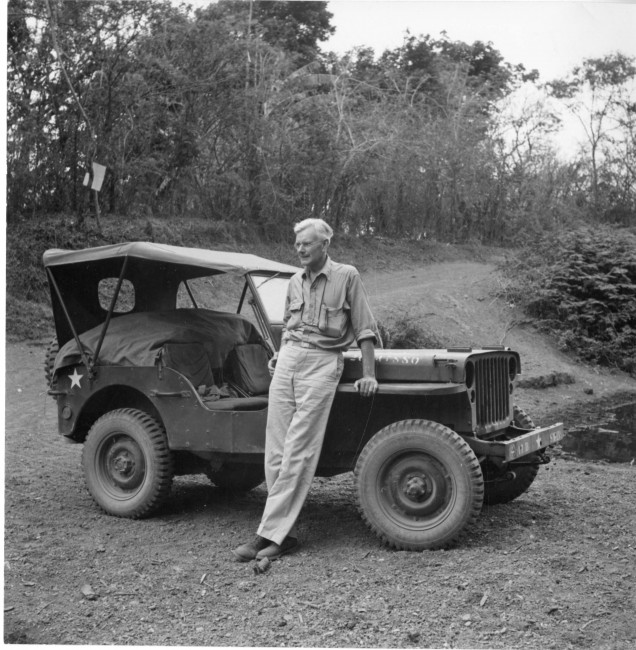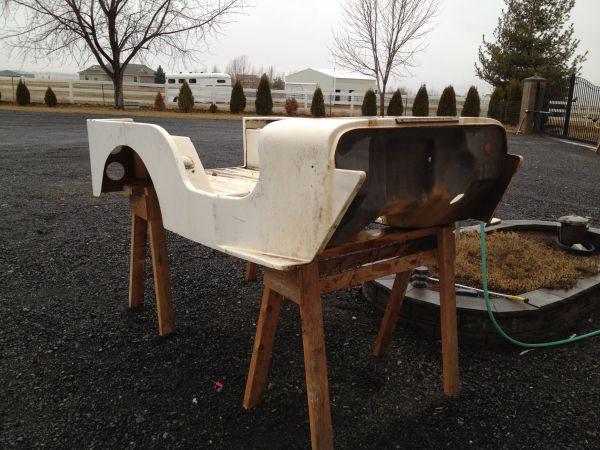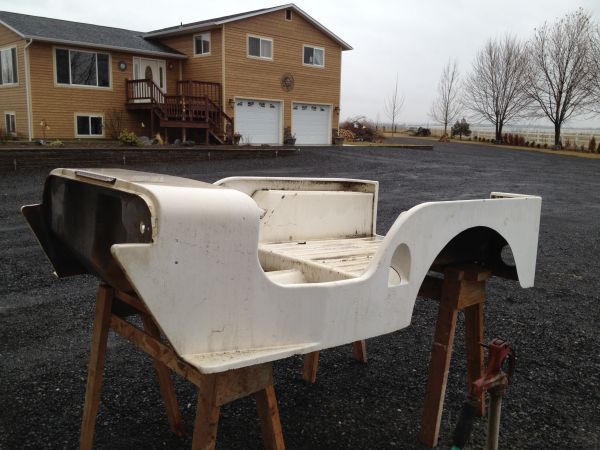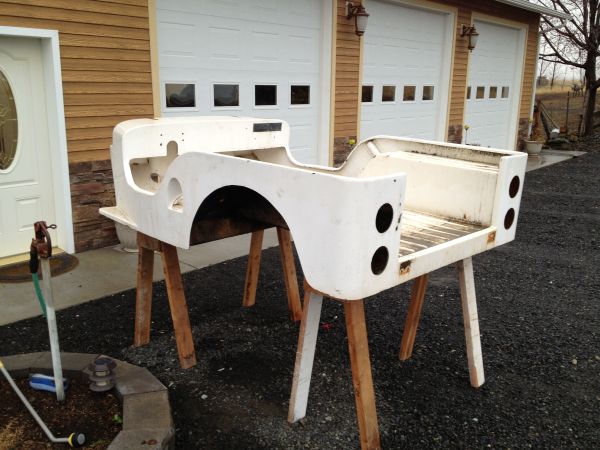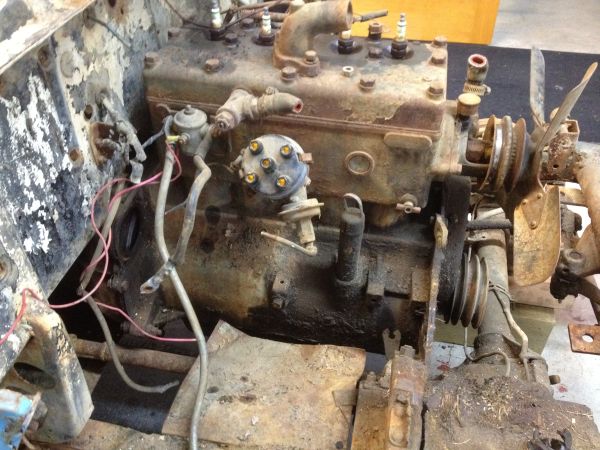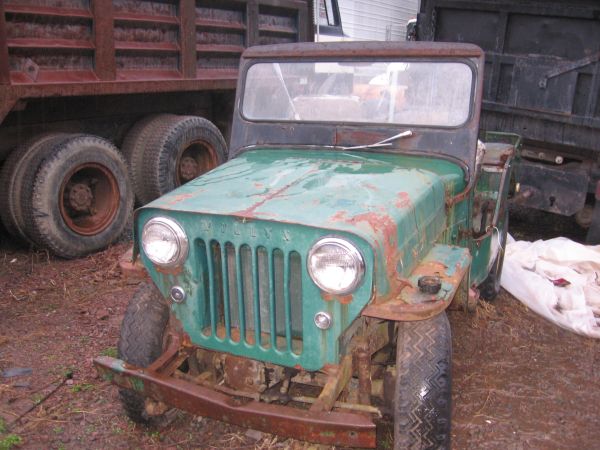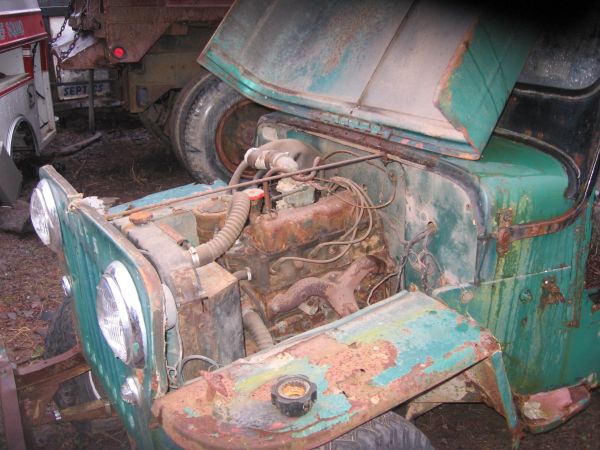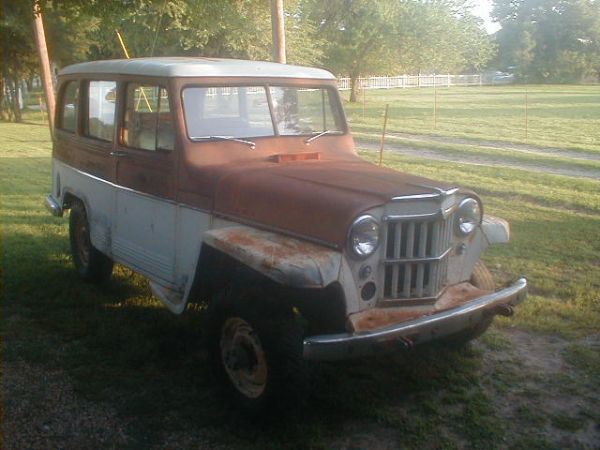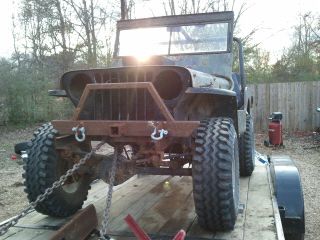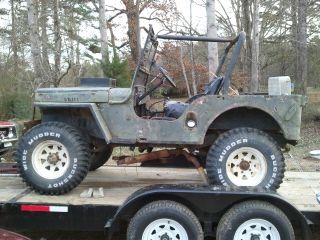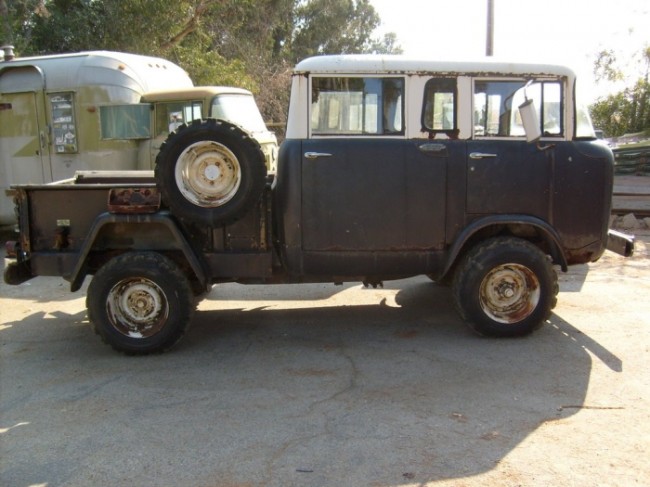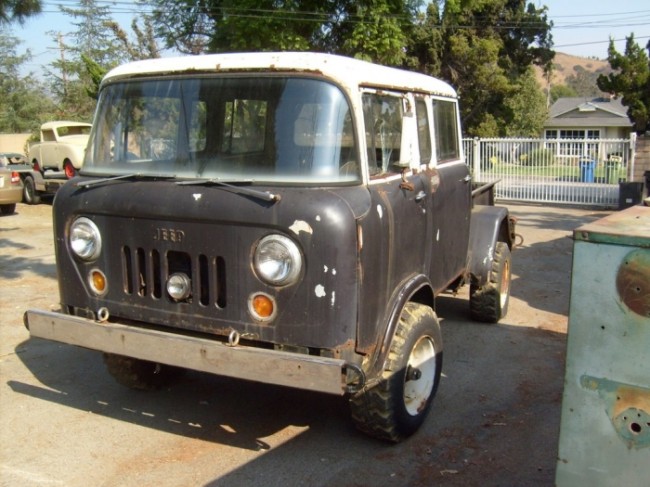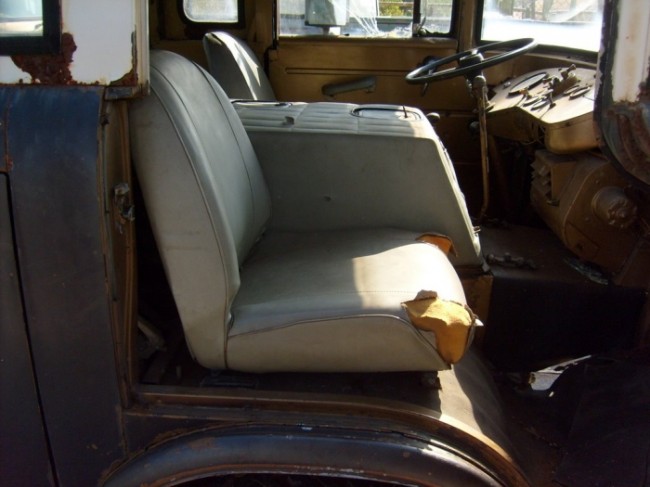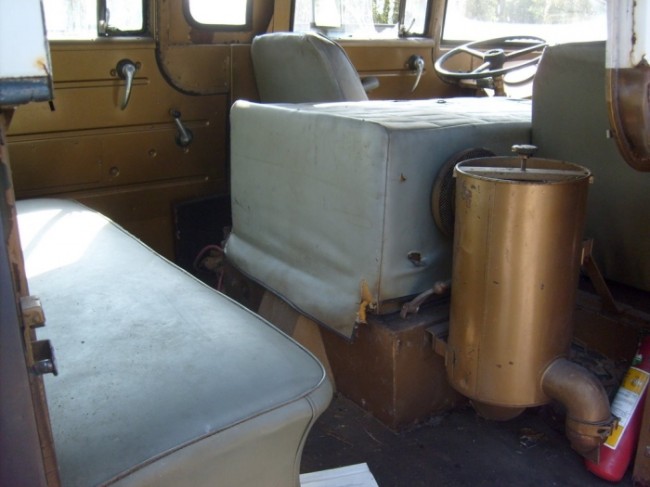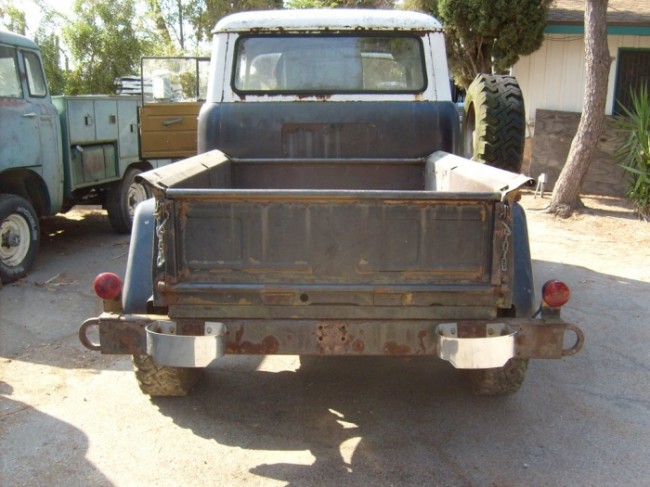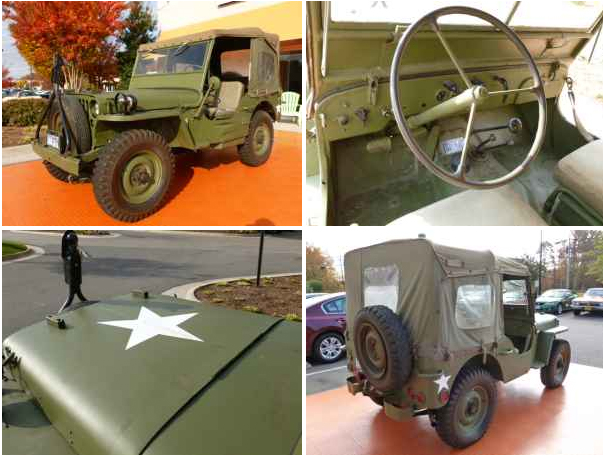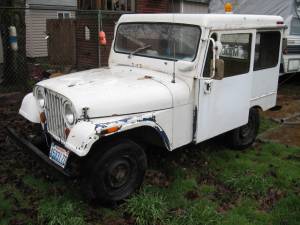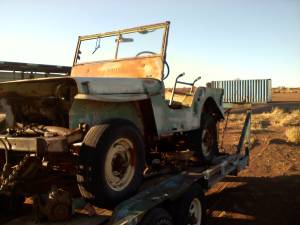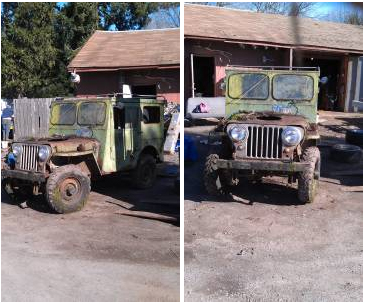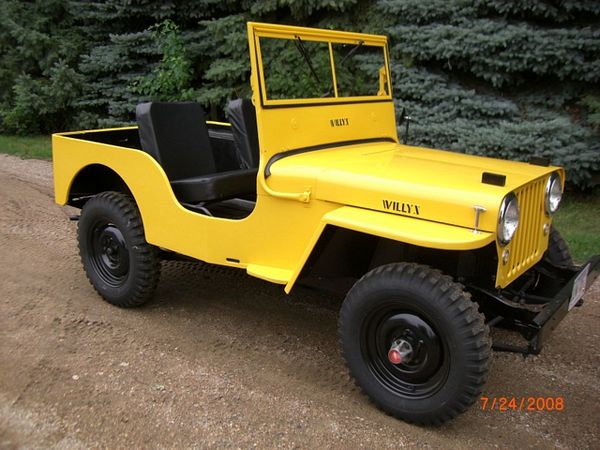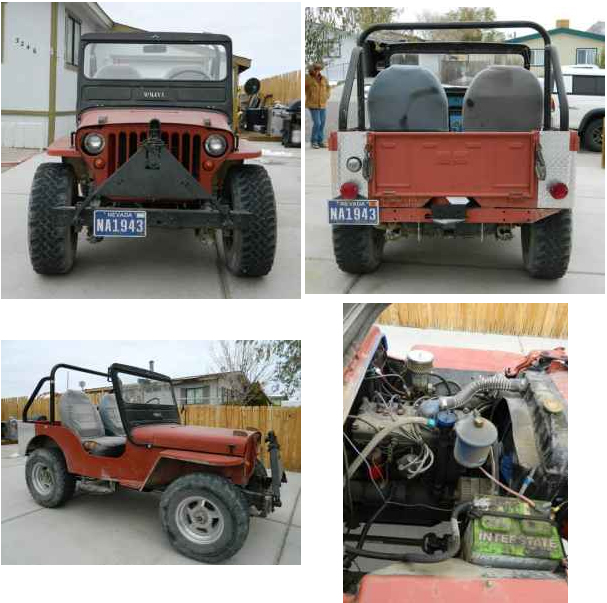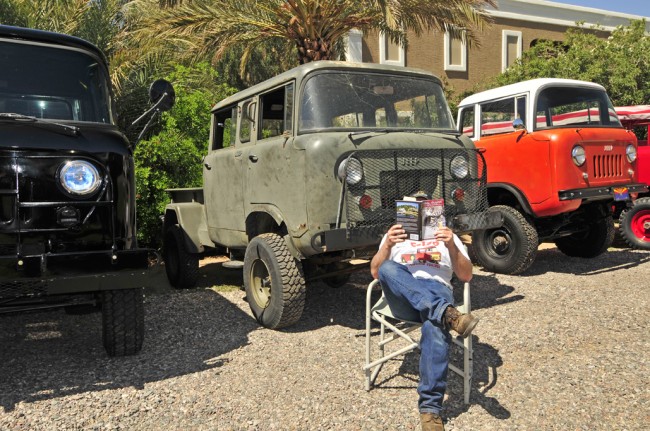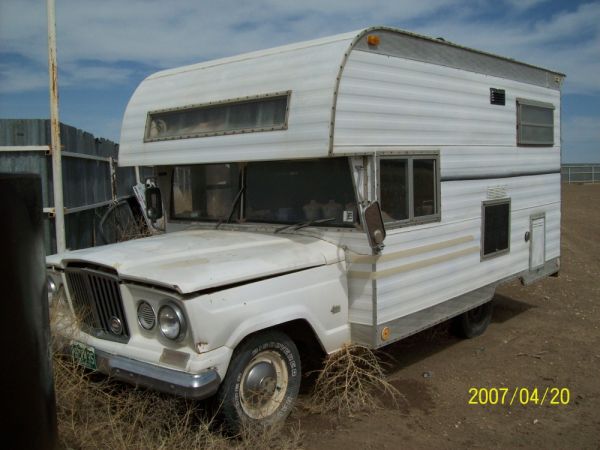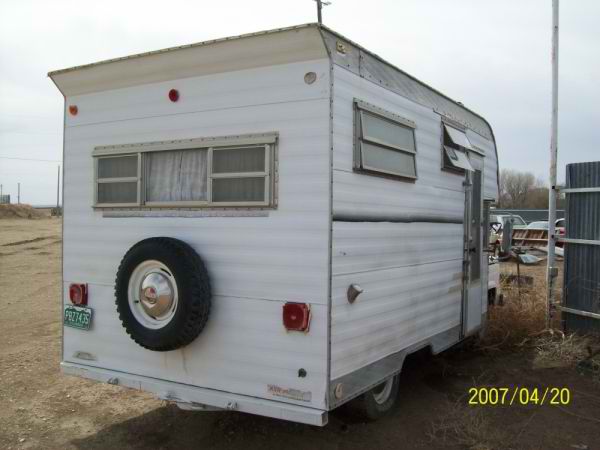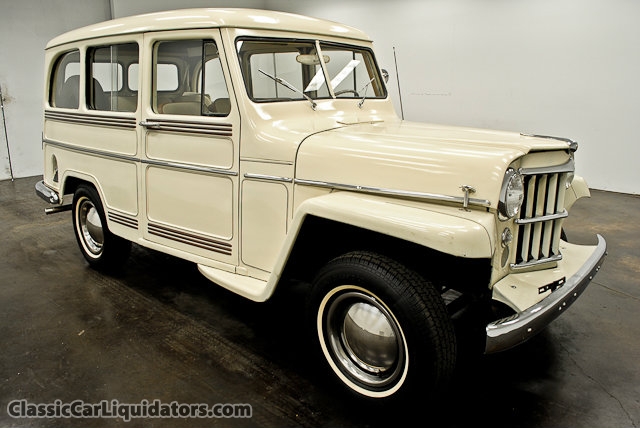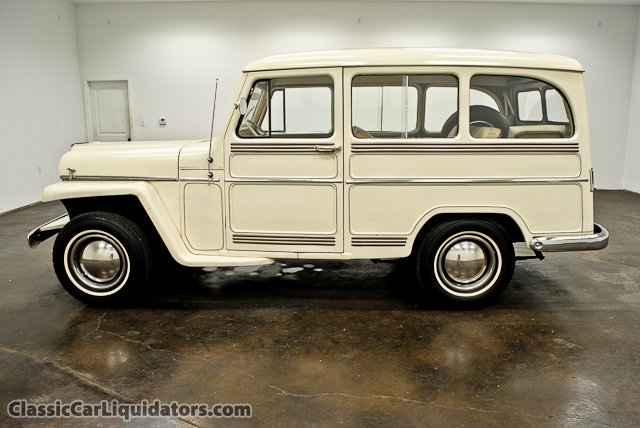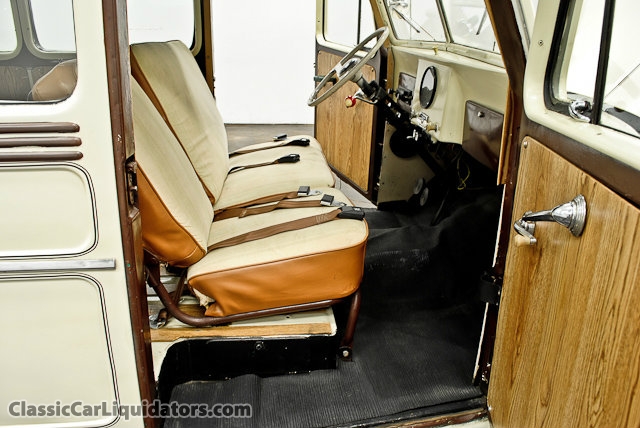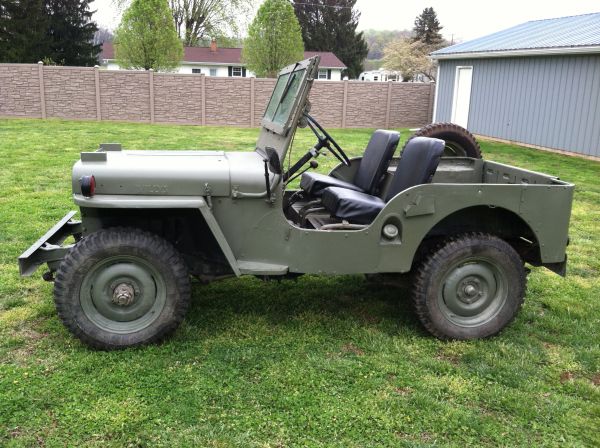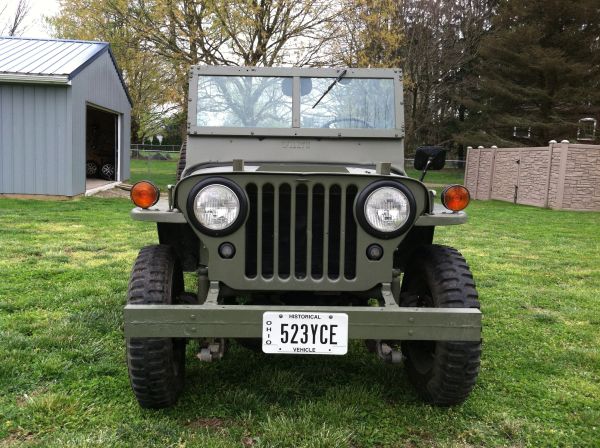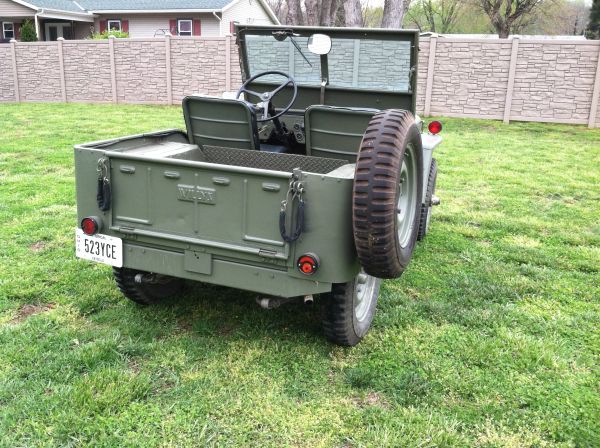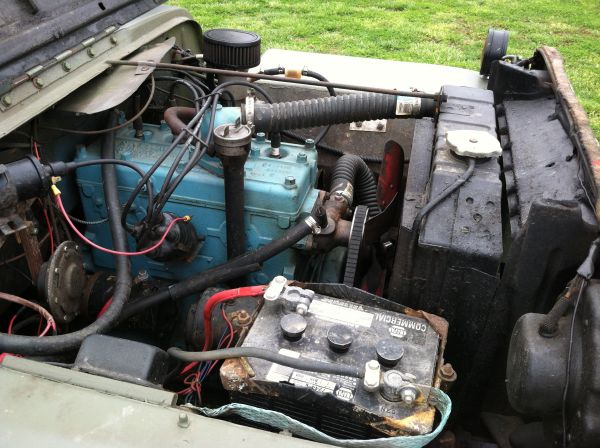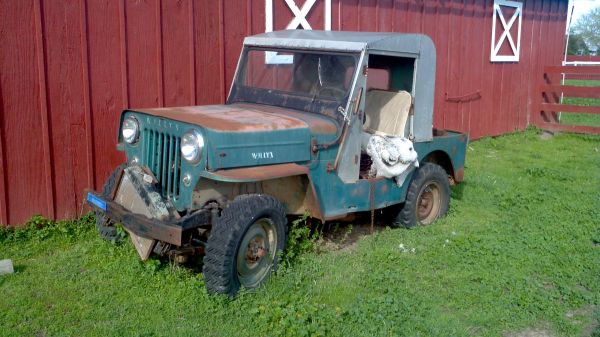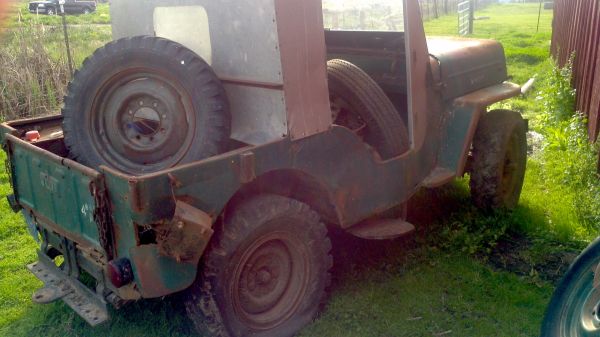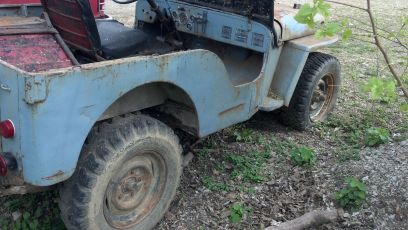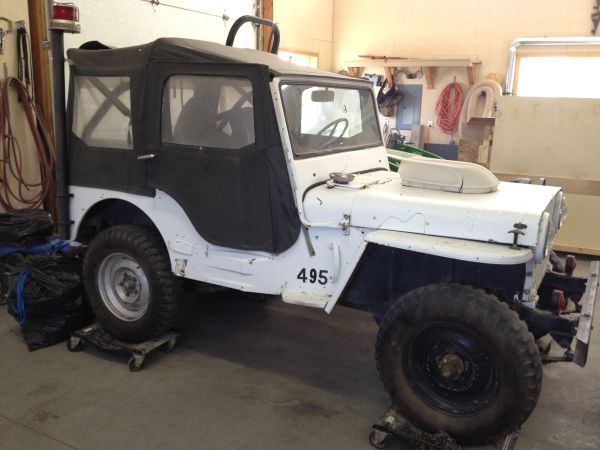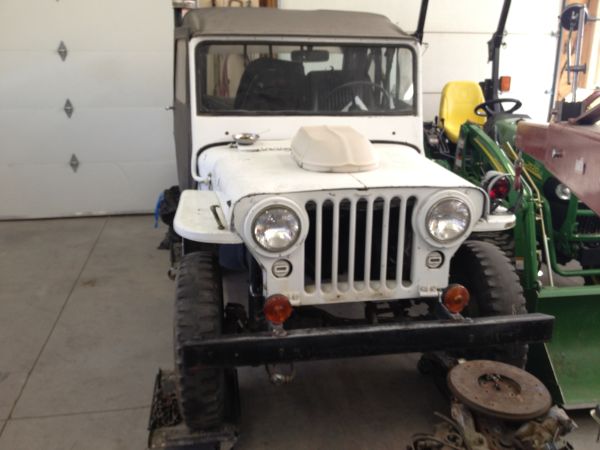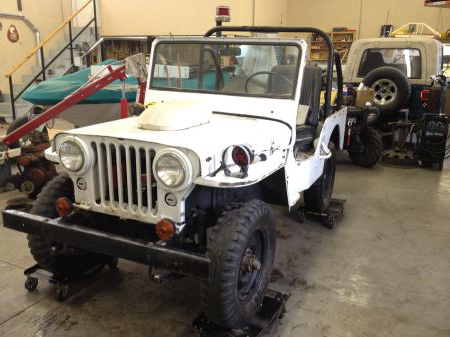FEATURED IN MAY 2009
UPDATE: I found a long discussion, details and the pic below at this website:
From this website, vectorsite.net, I’ll put some of the content just to make sure it isn’t lost.
“The AirGeep was first flown on 12 October 1958. Apparently it proved grossly underpowered, barely able to fly over a fence, and it was sent back to the shop, where the piston engines were replaced by a single 317 kW (425 HP) Turbomeca Artouste IIB turbine engine. The upgraded AirGeep flew in late June 1959. It weighed 1.1 tonnes (2,500 pounds) and could carry a payload of 550 kilograms (1,200 pounds), including the pilot.
The AirGeep was put through trials for both the Army and the Navy over the next few years. The engine was upgraded again to a Garrett / Airesearch 331-6 engine, which had a higher power-to-weight ratio. For Navy trials, which began in June 1961, the rotorcraft was fitted with floats, and redesignated the “PA-59 SeaGeep”.
* Piasecki wanted to build a bigger and better AirGeep, and the Army Transportation Research Command obliged them by issuing a contract for what Piasecki called the “Model 59K” and what the Army called the “VZ-8P(B) AirGeep II”, which made its first flight in the summer of 1962.
The AirGeep II was similar to the AirGeep, except that the aircraft was “bent” in the middle so that the rotors were tilted fore and aft, it seems to improve forward flight characteristics. The AirGeep II used twin 298 kW (400 SHP) Turbomeca Artouste IIC turboshaft engines, once again linked so that if one failed the other would drive both rotors. One engine could also be coupled to the landing wheels to drive the machine on the ground. The increased power allowed a maximum take-off weight of 2.2 tonnes (4,800 pounds). The pilot and observer had “zero-zero” ejection seats, allowing safe escape if the machine was on the ground and standing still, and there were apparently seats for additional passengers.”
As we learned, the rotabuggy was a bit of a failure. However that didn’t stop the military from investigating some type of ‘flying jeep’. Now, I don’t know if the military really called it the Aerial Jeep or whether it was Life Magazine’s attempt to sell magazines, but the result is a pretty unusual flying machine:

